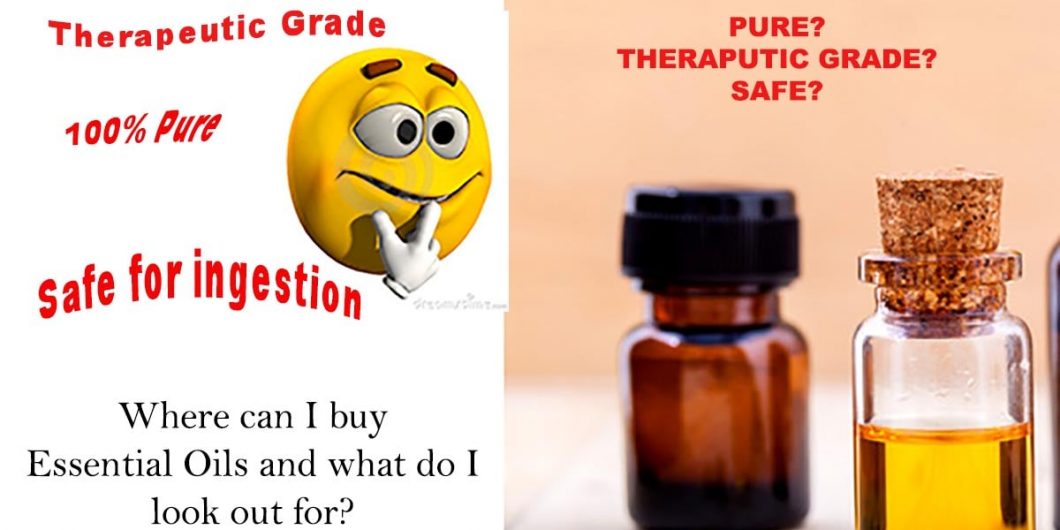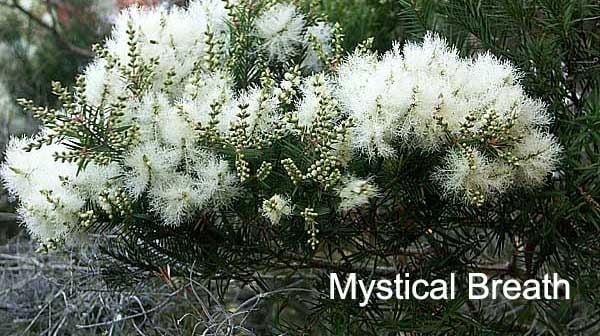In this article, we discuss the nature of the Tea Tree and why its oil provides so many health benefits. We then go on to look at ten very specific benefits of tea tree oils that will help you in your day to day life. Please enjoy and don’t forget to share!
Tea Tree Essential Oil
Many of the 100 or so species of tea tree have fragrant, essential oil-containing leaves. At least three species of bottlebrush trees are distilled for their essential oil: Melaleuca alternifolia, from which we get tea tree oil; Melaleuca cajeputi, which yields cajeput essential oil; and Melaleuca viridiflora, the source for niaoli essential oil. Distilled cajeput and niaoli oils retain some of the sweet-woody aromas present in the fresh leaves. Cajeput and niaoli oils are slightly less medicinal smelling than tea tree oil.
Tea tree leaves have been used by Australian aboriginal people for treating cuts and wounds. The freshly crushed leaves are applied directly to an injury, then secured in place with a mud pack. Apparently the medicinal affects of this tea tree poultice are so powerful that they not only combat infection in the wound but overcome the potential for further infection caused by the application of the less than sterile mud pack.

The key to tea tree’s medicinal effectiveness is the ratio of two chemical constituents present in the oil: cineole and terpinen. Although both of these constituents are bactericidal and germicidal, cineole can be a powerful skin irritant. Therefore tea tree oils with low cineole and high terpinen contents are preferred.
In aromatherapy, tea tree essential oil is employed for its physical, rather than emotional or aesthetic nature. This isn’t to say that the strongly medicinal aroma of tea tree is offensive. Many appreciate its underlying intensely warm, nutmeg-like scent.
Ten Definite Benefits of Tea-Tree Essential Oil
Treats Acne
Tea tree oil is a popular treatment for acne. This natural antiseptic disinfects the pores as well as kills the bacteria that cause acne.
- Put 1 drop of TTO on a moistened cotton swab and dab it gently on the affected area before going to bed. The next morning, rinse your face with lukewarm water. Repeat daily.
2. Fights Toenail Fungus
Tea tree oil can treat toenail fungus, thanks to its antifungal as well as antiseptic properties. It can help kill the fungus and relieve symptoms, such as inflammation, swelling, yellowing, or thickening of the nail.
- Apply 1 or 2 drops of TTO directly on the infected toenail. Rub it gently around the nail. Repeat once daily until the infection is cleared.
3. Treats Dandruff
Tea tree oil a good treatment for dandruff, thanks to its strong anti-fungal properties. It can even reduce symptoms like itchy and dry scalp.
- Use a shampoo with 5 percent Tea Tree Oil to wash your hair 1 or 2 times a week.
4. Heals Boils
Because of its antiseptic and antibacterial properties, tea tree oil is a wise choice for treating boils. This essential oil heals boils quickly and protects them from infections. In addition, it helps reduce scarring and skin spots left by boils.
- Put a few drops of TTO on a clean cotton swab.
- Gently dab it directly on the boil.
- Repeat 3 or 4 times a day for several days until the boil is gone.
5. Treats Warts
You can use tea tree oil to treat warts, the small bumps caused by a viral infection in the skin’s top layer. Its antiviral and antiseptic qualities help fight the virus and eliminate the warts.
- Mix 4 or 5 drops of TTO in 1 tablespoon of almond or olive oil.
- Apply this mixture on the affected areas.
- Leave it on for a couple of hours, then rinse it off with warm water.
- Repeat once or twice daily for a few weeks.
6. Fights Vaginal Infection
This essential oil has strong anti-fungal as well as antibacterial properties, and thus it helps treat vaginal infections, such as vaginitis, bacterial vaginosis, and yeast infections. It can even help get rid of unpleasant vaginal odor.
- Add 2 or 3 drops of TTO to a small bowl of warm water and stir it thoroughly. Use this solution to rinse the vagina once daily for a few weeks.
- Alternatively, mix 3 or 4 drops of TTO and 3 cups of white vinegar in your bathtub filled with lukewarm water. Soak your lower body in this water for 20 to 30 minutes. Do this every other day as needed.
Note: Pregnant women should not use TTO.
7. Eliminates Body Odor
This essential oil also works very well in eliminating body odor, a very common and embarrassing problem. It has antimicrobial properties that help destroy the bacteria that cause body odor.
In addition, being an astringent, it controls excessive sweating and keeps you smelling fresh throughout the day.
- Mix 2 drops of TTO in 2 tablespoons of water.
- Use a cotton ball to apply the solution to your underarms and other areas where you sweat more.
- Use it once daily or as needed to control body odor.
8. Supports Oral Health
Whether you suffer from bad breath, inflamed gums, gingivitis or plaque, tea tree oil is a good solution. Its antibacterial and anti-inflammatory properties help kill bad bacteria and soothe inflamed gums.
- Add 1 drop of TTO to your regular toothpaste and use it to brush your teeth twice daily.
- Also, add 2 drops of TTO to a glass of warm water and use it to rinse your mouth at least once daily.
Note: Never swallow Tea tree oil as its compounds can cause side effects like nausea.
9. Loosens Chest Congestion
Tea tree oil is a natural expectorant that can help loosen chest congestion associated with a sore throat, cough, common cold, bronchitis and other respiratory problems.
- Fill a bowl with very hot water. Add a few drops of TTO. Place your face over the bowl and put a towel over your head. Inhale the steam for as long as you can and breathe deeply. Repeat 2 or 3 times daily until the congestion clears.
10. Kills Head Lice
In addition to treating dandruff, tea tree oil is a natural insecticide that can effectively kill head lice and help soothe the itching.
Accreditation
The above article uses information from Top 10 Home Remedies and they own the copyright. There are several other links to that site in the article.














 As with all harvesting of resin, the bark is cut open to release the substance, which is then permitted to dry as it seeps down the trunk having the appearance of tear drops. Most of us first became aware of Myrrh when we heard the biblical tale of the three wise men bringing gifts of Frankincense (to which myrrh is botanically related), Gold and Myrrh to the birth of Jesus the Christ.
As with all harvesting of resin, the bark is cut open to release the substance, which is then permitted to dry as it seeps down the trunk having the appearance of tear drops. Most of us first became aware of Myrrh when we heard the biblical tale of the three wise men bringing gifts of Frankincense (to which myrrh is botanically related), Gold and Myrrh to the birth of Jesus the Christ. Myrrh oil has a smoky, sweet or sometimes bitter smell. The word myrrh comes from the Arabic word “murr” meaning bitter. The oil is a yellowish, orange color with a viscous consistency. It is commonly used as a base for perfume and other fragrances.
Myrrh oil has a smoky, sweet or sometimes bitter smell. The word myrrh comes from the Arabic word “murr” meaning bitter. The oil is a yellowish, orange color with a viscous consistency. It is commonly used as a base for perfume and other fragrances.